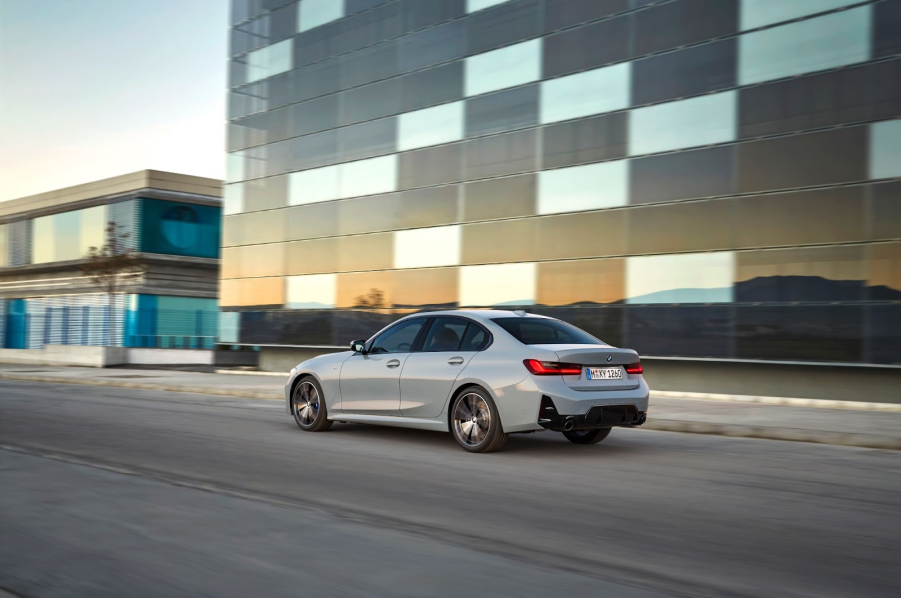
New EV Tax Credit Rules: These 6 Cars No Longer Qualify
This week, the U.S. Treasury Department released a new set of EV tax credit rules. As the Inflation Reduction Act implements stricter production standards for EVs, six electric vehicles no longer qualify for tax credits. However, just two models are full-fledged EVs, while the rest are plug-in hybrid vehicles.
Stricter regulations on EV production limit tax credit eligibility
The goal of the Inflation Reduction Act is to create more jobs in America. As such, new regulations for EV tax credits prioritize American-made electric vehicles. To earn full tax rebate status, a new EV has to qualify for two different metrics.
The first is battery mineral sourcing. New rules mean that at least 40% of the minerals used in EV batteries must come from the U.S. or free-trade countries. To qualify for the other half, at least 50% of the EV battery components must be assembled at U.S. factories. In total, the electric vehicle tax credit is $7,500. However, vehicles meeting only one of the two criteria only receive $3,750 in tax rebates.
Which EVs no longer qualify for tax credits?

In total, there are six electric or plug-in hybrid vehicles that no longer qualify for any EPA tax credits.
The two fully-electric vehicles are the Nissan Leaf and Genesis Electrified GV70, the latter of which just went on sale this year.
The remaining list includes luxury plug-in hybrids like the BMW 330e and BMW X5 xDrive45e SUV. In addition, Volvo’s S60 plug-in hybrid models no longer earn any tax credits, and neither does the Audi Q5 eQuattro plug-in hybrid SUV.
Rules will tighten going forward
Bear in mind that the current tax credit rules will continue to scale up as the years go by. Barring a repeal from a new administration, the Inflation Reduction Act EV rules are set to tighten qualifying criteria to continue a push toward American manufacturing.
By 2029, automakers will need to move 100% of their battery assembly to US-based factories. Two years before that, 80% of battery minerals will have to originate from the US or from free-trade countries.
Several vehicles now only receive half of the EV tax credit
While the six EVs above no longer earn any tax relief, there are several more models that now earn just half of the available tax credits.
Upstart Rivian models, the R1T and R1S, still receive half credit. Initially, they were marked as non-compliant. However, new documentation regarding mineral sourcing puts them in the half-credit category instead.
Also included is the Tesla Model 3 Standard Range. However, the Tesla Model 3 Performance still earns the full $7,500 tax credit.
The remaining models are from legacy automakers Ford, Lincoln, and Jeep.
Ford Escape, Mustang Mach-E, and E-Transit buyers will still receive a $3,750 credit. Also included is the Lincoln Corsair Grand Touring luxury SUV. Meanwhile, both of Jeep’s 4xe SUVs qualify for half credits as well.




